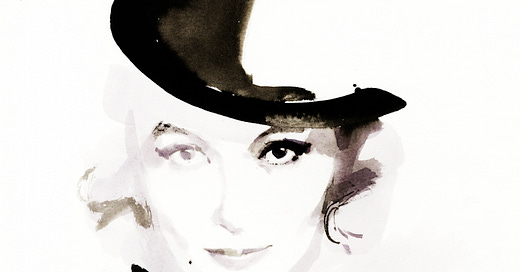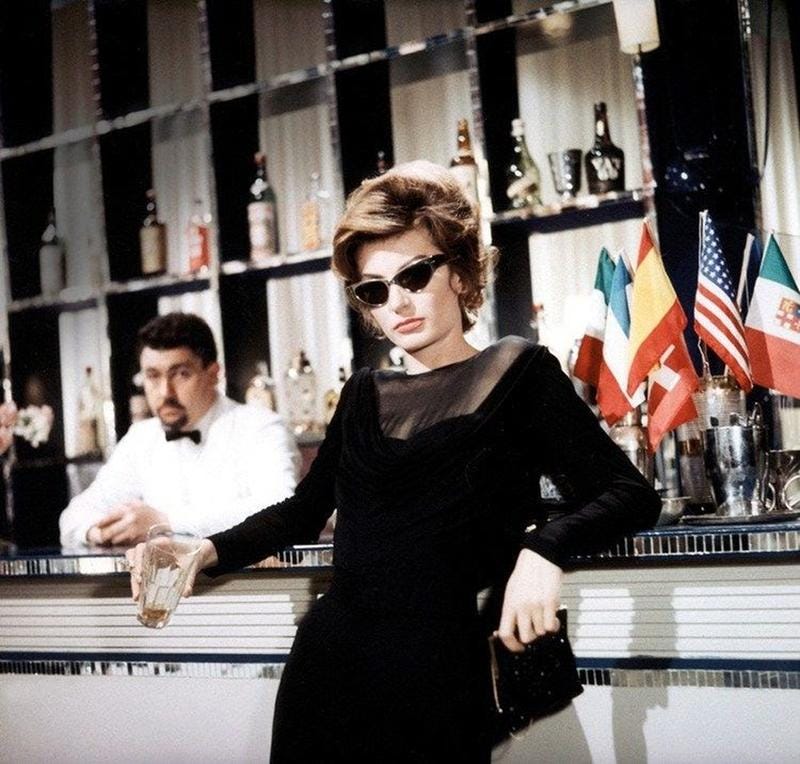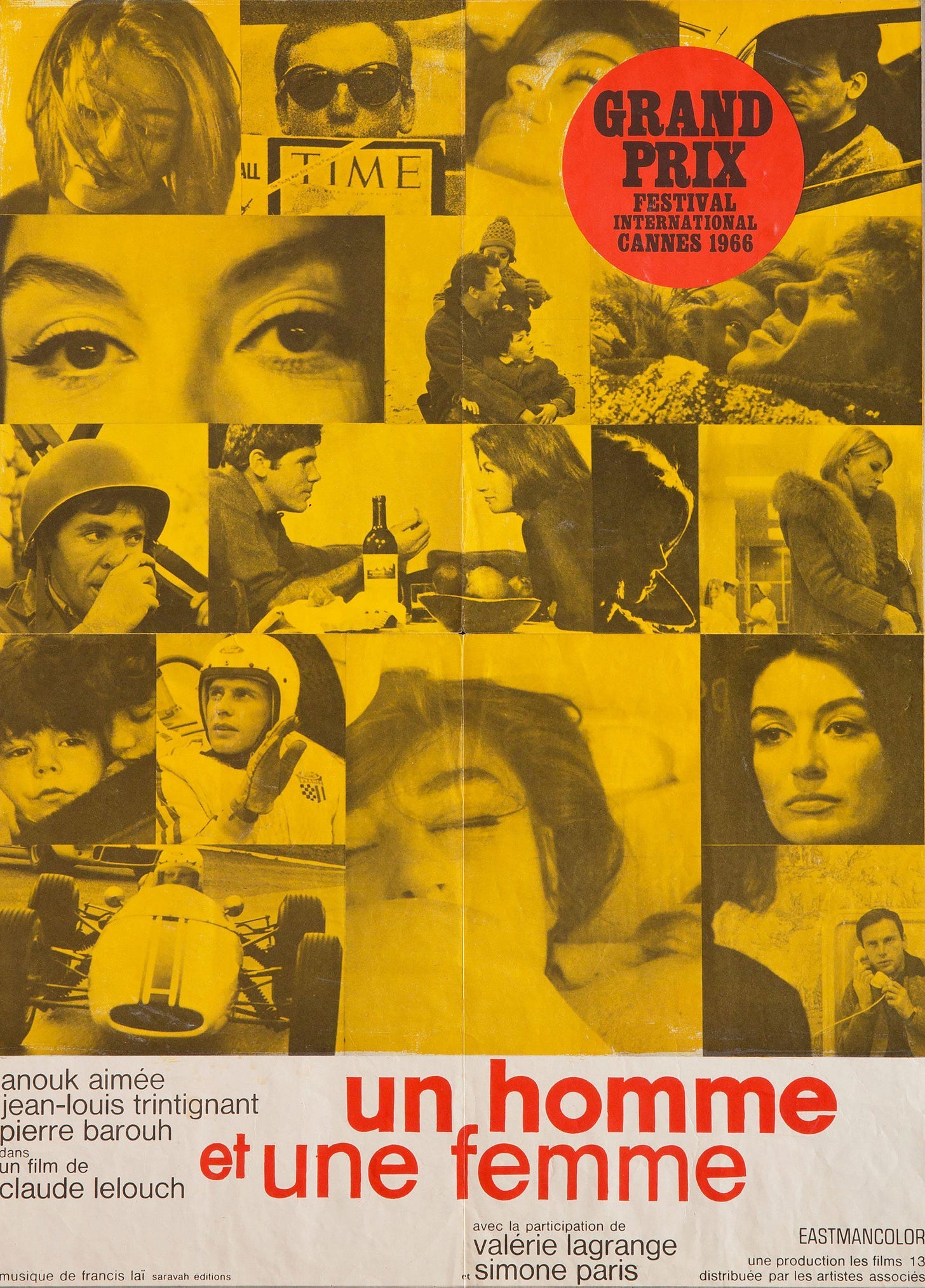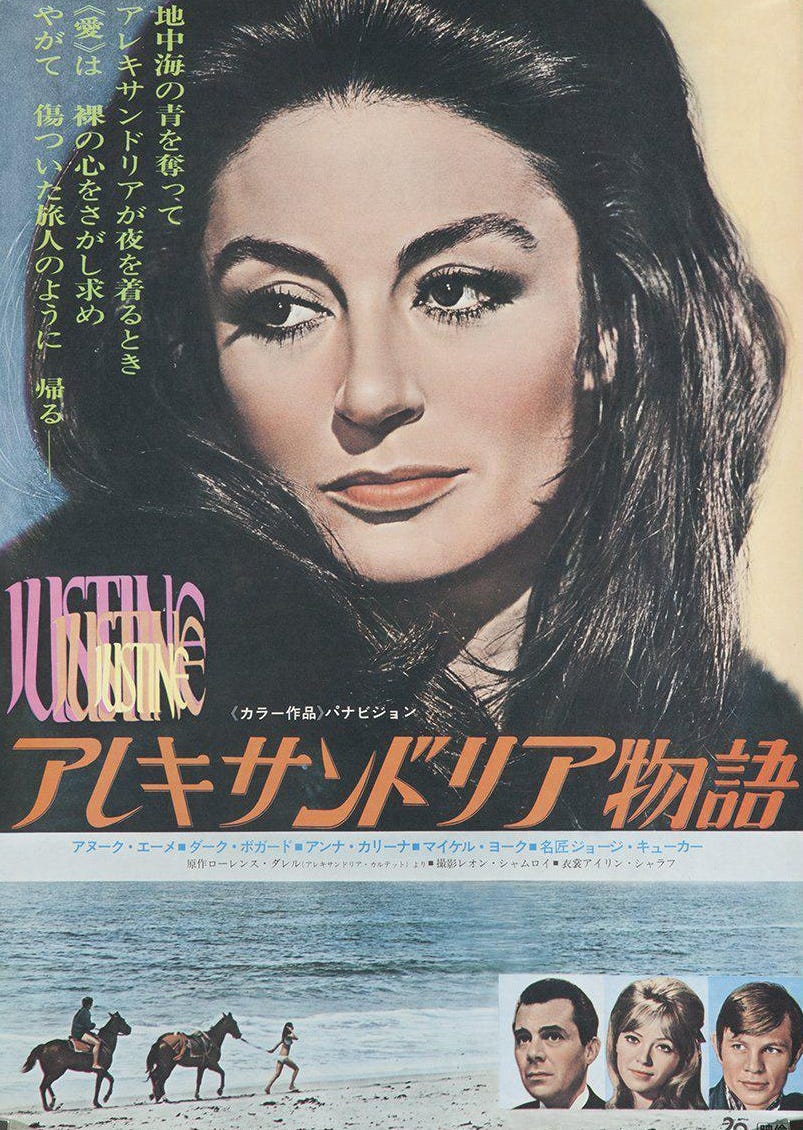A face of vertiginous angles and swooning curves; A face made for cinema. But what was she thinking? Despite appearing in 70 films in a career stretching back to 1946, Anouk Aimée retains her mystery. Several times, she seemed on the brink of global stardom, but Aimée held back. “I was never an actress with a flame,” she said
She was born Françoise Dreyfuss in Paris in 1932 to actor parents. Her original ambition was to be a dancer and she studied ballet at the Marseilles Opera, but a chance encounter with the director Henri Calef led to her debut, aged 14, in La Maison sous la Mer (1946) as a servant girl. She adopted the name of her character, Anouk, and the following year added Aimée at the suggestion of the writer Jaques Prévert. She made her English-speaking debut (billed as Anouk) in Golden Salamander (1950) with Trevor Howard, an adventure film shot partly on location in Tunisia. Beaton photographed her around this time and there was talk of a contract with Rank, but no films transpired.
In 1951, she married the Greek Ethiopian filmmaker, Niko Papatakis – it was her second marriage – and had a daughter, Manuela. She talked about retiring, but gradually found herself back in films, often cast as a melancholy ingénue. Among the more memorable was Les Amants de Montparnasse (1958) in which she played one of Modigliani’s mistresses. The film was begun by Max Ophuls and completed after his death by Jaques Becker.
As the neurotic nymphomaniac, Maddalena, in Fellini’s La Dolce Vita (1960) Aimée was a revelation. Dressed for cocktail hour (costumes by Piero Gheradi), she haunts the movie’s quieter moments, running through the narrative like ink. For the first time, she said, she began to enjoy acting. ”I met Fellini and that was an explosion in my life. Suddenly you could do your work seriously, but not take yourself seriously…. He was a magician. He was generosity, madness, intelligence, insupportable. You can’t explain what is a genius.” Fellini was equally taken, “There is a great contradiction in Anouk that fascinates,” he told Vogue, “she can be so absolutely shy and the next moment as tough as a shark, a dweller in the abyss.”
Lola, (1961) Jacques Demy’s lyrical homage to the great Max Ophuls was another breakthrough. Set in the Atlantic coastal town of Nantes and shot in high contrast black and white, it interweaves the stories of a disparate group of characters, coming and going like the tide. At the movie’s heart is Aimée’s Lola, drawing men to the Eldorado cabaret, still betting on the return of a former lover. From her stage name (her real name is Cécile), to the top hat, cigarette holder and stockinged legs, the references to Dietrich are overt. But Lola is no world-weary femme fatale. “Think Marilyn Monroe” Demy advised. Aimée knew the role was a gift; “I loved it right off. It was so original, like one of Jacques’ poems. And she’s such a lovely person, Lola, devoid of aggressiveness, or vulgarity, or exhibitionism.”
Aimée moved to Rome and worked mainly in Italy in the early 1960s. “I thought all Italian directors were going to be as good as Fellini and they certainly weren’t!” She worked with him again in 8 1/2 (1963), in which she played Mastroianni’s unhappy wife. Fellini asked her to trim her eyelashes and put her in heavily elongated glasses and a starched white shirt as an austere counterpoint to Sandra Milo’s powder puff mistress. But it is Aimée’s aura that lingers like smoke.
Claude Lelouch’s Un Homme et Une Femme (1966) made her a truly international star for the first time. Lelouch directed, co-wrote and acted as his own cameraman on this slender tale of a young widow (Aimée) and widower (Jean-Louis Trintignant) straying into a second time around love. “It was a film I loved making, my memories are of speed, lightness and fluidity and happiness,” she told Elle, in 2016 on the 50th anniversary of the film’s release.
Shot in three weeks and edited in another three, it’s artful photography, switching between colour and black and white, haunting score by Francis Lai and sense of immediacy caught the world’s imagination and the movie was a critical and commercial hit, garnering a dozen international awards including both the Palm d’Or at Cannes and an Oscar for Best Foreign Film. Aimée won a BAFTA and Golden Globe, but ceded the 1967 Oscar to Elizabeth Taylor (for Who’s Afraid of Virginia Woolf?).
Somewhat incredulously, Aimée found herself the toast of Hollywood. Offers flooded in. Among the movies she turned down was The Thomas Crown Affair (1968), which she later admitted was a mistake. Instead, Aimée revisited the character of Lola for Demy, older now and relocated to LA, in Model Shop (1968). It was Demy’s first American film and Aimée said she felt honour bound to it, although the L.A. Times reported that she had to be ordered onto the set by Columbia after being absent for the first few weeks. The film flopped and was quickly relegated the second half of double bills and is only now being critically reassessed. The Appointment (1969), shot in Rome by Sidney Lumet, paired her with Omar Sharif (there were persistent rumours of an affair), but it too disappeared.
Justine (1969), originally announced for Elizabeth Taylor a decade or so before, condensed Gerald Durrell’s Alexandria Quartet into a single narrative and was Aimée’s first big budget Hollywood Production. It was begun by director Joseph Strick who was replaced after several months by George Cukor, who referred to Aimée as ‘a disaster.’ She was no happier; ”Once you get inside a big studio they abandon all the basic rules of artistry and you end up with a mess, like Justine,” Aimée said. Her co-star, Dirk Bogarde, told the photographer Eve Arnold, who was visiting the set in Tunisia that his overriding image of Aimée was of ‘a tiny figure sobbing in the back of a Rolls’.
In 1970, Aimée married Albert Finney (having divorced actor and music producer Pierre Bardouh, who she met on the set of Un Homme et Une Femme) and didn’t film again for six years. Since then she has worked when it suited her, with Lelouch, Bertolucci, Altman and Henry Jaglom among others. Along the way she won a Best Actress award at Cannes in 1980, and honorary César and Golden Bear awards. “Other actresses come and go,” she said, “I just seem to stay around. Not in the right movies maybe, but considering the mistakes I’ve made privately and professionally, it’s a miracle I’m here at all.” As elusive as mercury, Aimée long ago slipped quietly into myth.
The Essential Anouk Aimée
La Dolce Vita (1960) director Federico Fellini
Lola (1961) directorJacques Demy
8 1/2 (1963) director Federico Fellini
Un Homme et Un Femme (1966) director Claude Lelouch
Model Shop (1968) director Jacques Demy
La Tragedia di un uomo ridicolo (1981) director Bernardo Bertolucci
Un Homme et une Femme: Vingt ans déjà (1986) director Claude Lelouch
Prêt-à-Porter (1994) director Robert Altman
Festival in Cannes (2001) director Henry Jaglom
The Best Years of a Life (2019) director Claude Lelouch









